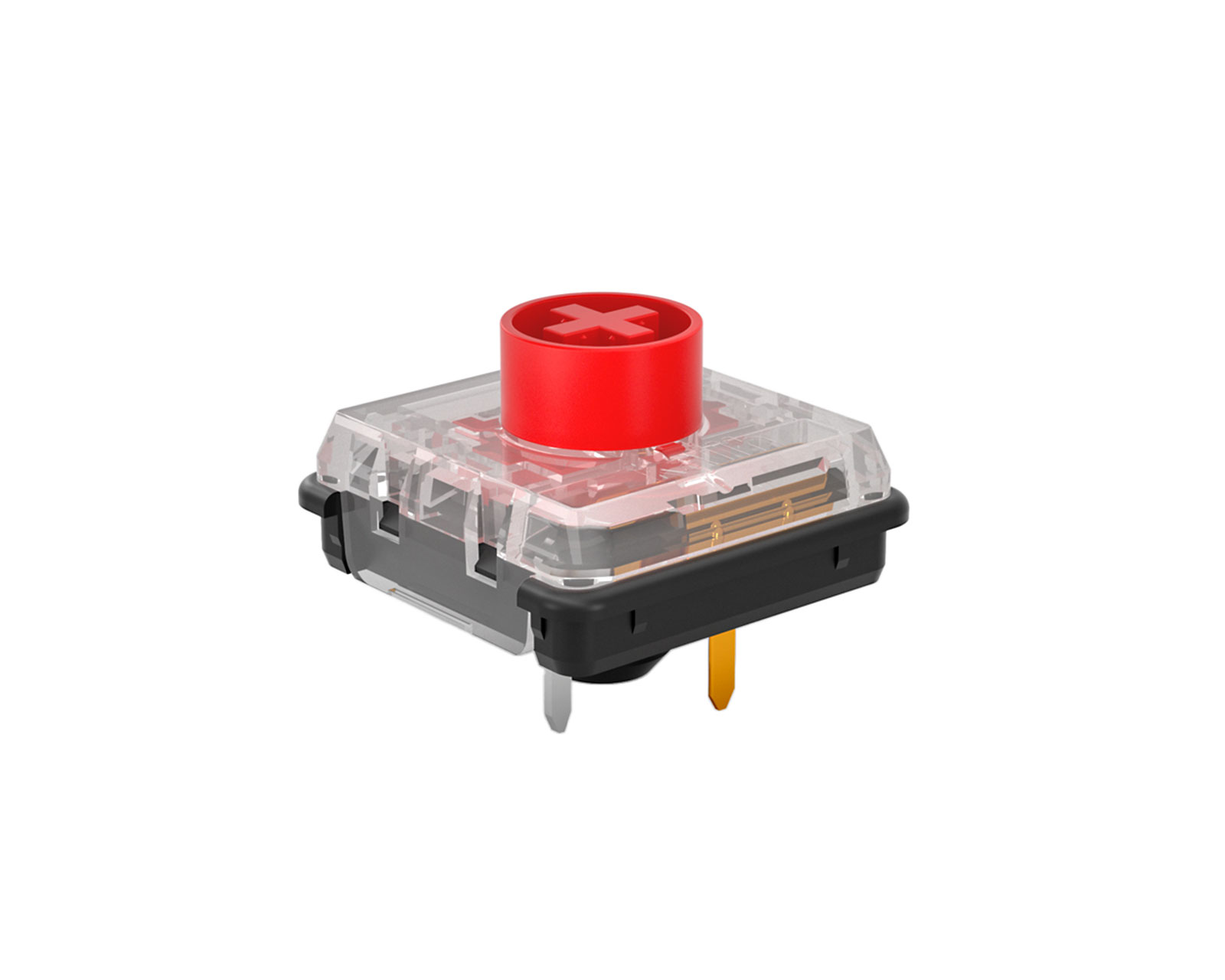Mechanical switches are an essential component of many electronic devices, including keyboards, gaming controllers, and industrial machinery. They are designed to provide a tactile and audible feedback when pressed, making them a popular choice for users who require precision and accuracy in their work.
In this article, we will explore the different types of mechanical switches available in the market, their features, and their applications.
- Linear Switches
Linear switches are the simplest type of mechanical switch. They have a smooth and consistent feel when pressed, with no tactile feedback or click sound. They are commonly used in gaming keyboards, where users require fast and smooth keystrokes.
- Tactile Switches
Tactile switches provide a tactile feedback when pressed, with a slight bump or click sound. They are popular among typists and programmers who require a tactile response to ensure accuracy and precision in their work. Tactile switches are also commonly used in gaming keyboards, where users require a tactile response for gaming actions.
- Clicky Switches
Clicky switches provide a tactile feedback and a loud click sound when pressed. They are popular among users who require a satisfying and audible response to their keystrokes, such as typists and programmers. Clicky switches are also commonly used in gaming keyboards, where users require a satisfying and audible response for gaming actions.
- Linear vs. Tactile vs. Clicky Switches
The choice between linear, tactile, and clicky switches depends on the user's preference and the intended use of the device. Linear switches are ideal for gaming and fast typing, while tactile switches are ideal for programming and typing. Clicky switches are ideal for users who require a satisfying and audible response to their keystrokes.
- Applications of Mechanical Switches
Mechanical switches are used in a wide range of applications, including keyboards, gaming controllers, industrial machinery, and medical equipment. They are preferred over membrane switches due to their durability, reliability, and tactile feedback.
Conclusion
Mechanical switches are an essential component of many electronic devices, providing a tactile and audible feedback when pressed. The choice between linear, tactile, and clicky switches depends on the user's preference and the intended use of the device. Mechanical switches are preferred over membrane switches due to their durability, reliability, and tactile feedback.

